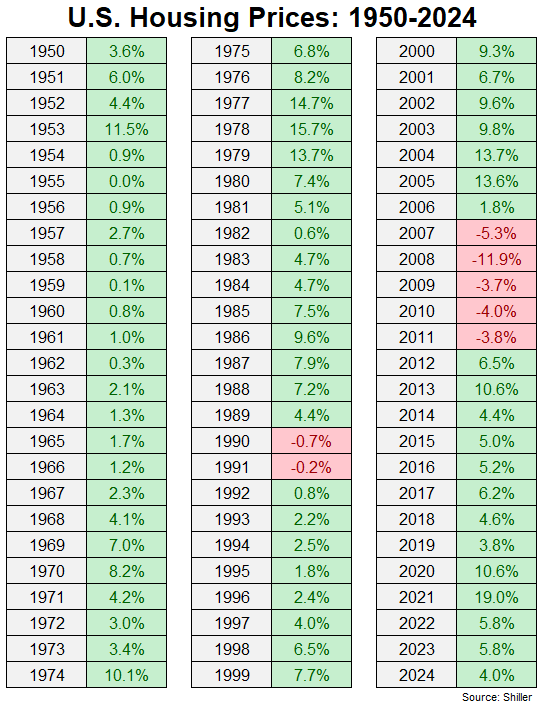7 Simple Steps to Maximize Your Social Security Benefits
Social Security is the primary income source for most Americans aged 65 and older, with 90% receiving monthly benefits. Of these folks, roughly half rely solely on these payments to survive, meaning that maximizing social security benefits for many can be an integral piece of the puzzle in living one’s best an most comfortable retirement. […] The post 7 Simple Steps to Maximize Your Social Security Benefits appeared first on 24/7 Wall St..

Social Security is the primary income source for most Americans aged 65 and older, with 90% receiving monthly benefits. Of these folks, roughly half rely solely on these payments to survive, meaning that maximizing social security benefits for many can be an integral piece of the puzzle in living one’s best an most comfortable retirement.
There’s only so much spending that can be cut, and the revenue side of a household’s balance sheet becomes extra important at a certain age, when other sources of revenue aren’t as readily available or accessible as they once were.
Key Points
-
Claiming social security benefits can be a stressful process, considering how many Americans will rely on these payments in retirement. Here are seven things to consider with this decision process.
-
Are you ahead, or behind on retirement? SmartAsset’s free tool can match you with a financial advisor in minutes to help you answer that today. Each advisor has been carefully vetted, and must act in your best interests. If you’ve saved and built a substantial nest egg for you and your family; get started by clicking here here.(Sponsor)
With rising costs of living, and average cost of living increases (COLAs) that haven’t necessarily kept up with the inflationary pressures on specific line items on many seniors’ budgets (health care and housing mainly), these pressures could increase in the years to come.
With that in mind, let’s dive into a few simple steps that can help individuals maximize their social security checks in retirement.
Work for at Least 35 Years
I don’t have a Time Machine available to me, and I’m guessing you don’t as well. We can’t go back in time and alter the number of years we’ve worked in the past. However, one thing those nearing retirement who may be thinking about taking a few extra years off can do to boost their social security checks can do is consider adding on a few years of work (in most forms) to your resume. If not, the SSA will fill in those missing years with zeros, which significantly lowers one’s average indexed monthly earnings (AIME) and, in turn, their monthly benefit.
Earn More Income
The solution to many problems is money, and working a few additional years can have a number of positive effects for retirees over and above increasing one’s social security payment.
Having a bigger nest egg to rely on can be a big positive for those looking to retire as comfortably as possible. Paying down debt to make one’s monthly expenses manageable is another feature of earning as much as possible in one’s twilight years in the workforce.
Those looking to maximize contributions and are able to earn up to the annual social security cap (set at $168,600 in 2024 and $176,100 in 2025) should attempt to do so for more reasons that simply increasing one’s benefit in retirement. But that’s a great place to start.
Know Your Full Retirement Age (FRA)
Maximizing Social Security benefits by reaching Full Retirement Age (FRA) is a crucial strategy for ensuring higher monthly payouts. The FRA is gradually increasing, with individuals born in 1959 reaching it at 66 years and 10 months in 2025, while those born in 1960 or later will have an FRA of 67 starting in 2026.
Over time, I’d expect this number to more likely than not increase as the population ages and we all live longer. Many families are smaller today than they were in previous generations, so there’s simply a smaller tax base to work off of for lawmakers to continue to make payments from a trust fund that is dwindling. And while I expect that social security payments will remain in place when it’s time for me or my kids to use them, the reality is that we’re going to need a broader employment base to pay into the system for it to work.
That said, those who work to (or beyond) their FRA can avoid the permanent benefit reduction that comes with claiming social security early. This will also ensure that those seeking social security benefits receive 100% of what they’re supposed to (with folks claiming at 62 seeing a reduction of up to 30%).
Delay Claiming Benefits
Those who are able to do so may also consider delaying benefits to the extent possible, with the understanding that there’s not only a stick (if one takes social security early), but a carrot for waiting.
Those who delay taking social security past their FRA can increase their monthly benefit by 8% per year until age 70. This can result in significantly higher payments, and provide a boost of up to 24% in the amount retirees can earn over the course of their retirement. For those who expect to live a long time and have the ability to do so, most financial experts would point soon-to-be-retirees in this direction.
Monitor Your Earnings Record
In order to have an accurate idea of what one expects to bring in over the course of their retirement in terms of social security payments, monitoring one’s earnings record is a vital step that shouldn’t be ignored. Since Social Security benefits are calculated based on your 35 highest-earning years, even a small discrepancy in reported earnings can significantly reduce your lifetime benefits.
By reviewing your earnings record annually through your Social Security account (SSA.gov), you can identify and correct errors before they impact your retirement income. If a year of earnings is missing or incorrectly reported, your monthly benefit could be reduced by $100 or more, adding up to thousands of dollars over time.
Additionally, tracking your earnings allows for better retirement planning, helping you determine whether to work additional years to replace lower-earning periods and boost your lifetime benefits. Ensuring accurate records also helps you decide the best time to claim benefits, maximizing your monthly payments and long-term financial security.
Use Spousal Benefits Strategies
For those who have been married and are still married heading into retirement, there’s some good news. It’s possible for households to
Using spousal benefit strategies can significantly enhance Social Security payouts, especially for married couples looking to maximize lifetime income. The Social Security Administration allows a lower-earning spouse to claim up to 50% of their higher-earning spouse’s benefit at full retirement age (FRA). This strategy is particularly beneficial when one spouse has little to no work history, ensuring they still receive a steady income in retirement.
Additionally, couples can use a strategic claiming approach where the lower-earning spouse claims their own reduced benefit early, then switches to a spousal benefit when the higher-earning spouse files. This can optimize household income while allowing the higher earner to delay their benefit for a larger payout.
Another key advantage is in survivor benefits, as delaying benefits for the higher-earning spouse results in a larger payout for the surviving spouse. By carefully timing and coordinating spousal benefits, couples can maximize Social Security income and strengthen their long-term financial security.
Consider Reclaiming or Suspending Benefits
It’s also worth noting that those taking retirement benefits do have the option of withdrawing their application, if they claimed social security benefits early but realize it’s possible for them to delay taking benefits until later. Again, doing so can have significant benefits over the long-term (see above), so this is a key factor to consider for those on the fence with this decision.
The post 7 Simple Steps to Maximize Your Social Security Benefits appeared first on 24/7 Wall St..










































































































































































